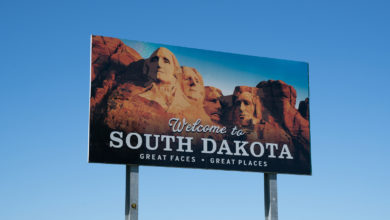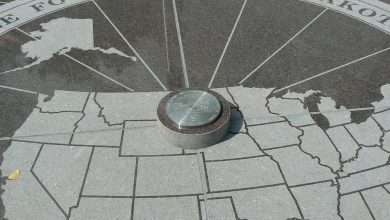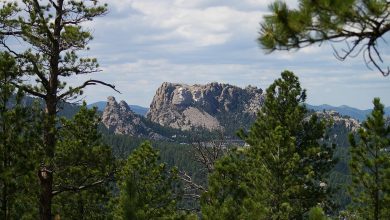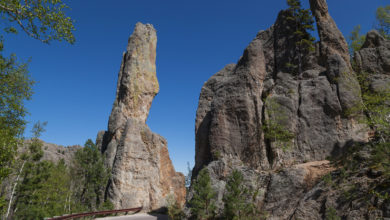Set Your Eyes on Some of the Most Iconic Scenery in America
The best natural attractions in Western South Dakota
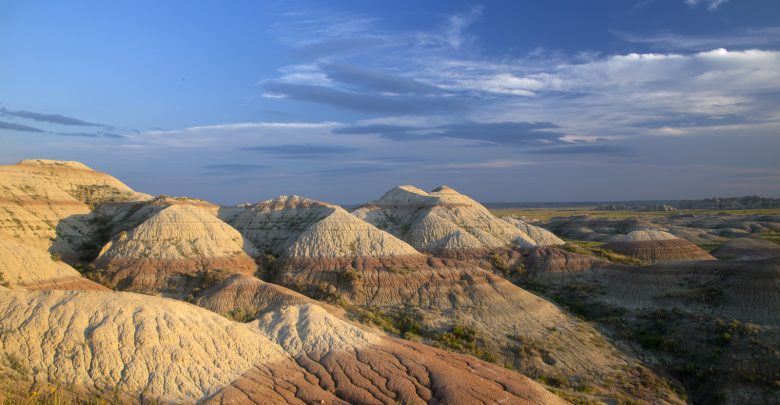
Western South Dakota and the Black Hills are home to many historic and famous landmarks, National Parks and Monuments and stunning landscape. The natural terrain here is marvelously rugged and dramatic, and fascinating at the same time. There’s so much to see in this part of the country you could spend weeks here touring, exploring, relaxing, climbing or camping and not run out of things to keep you occupied.
Directly west of Rapid City, South Dakota, the Black Hills National Forest and the parks within it cover 1.25 million acres.
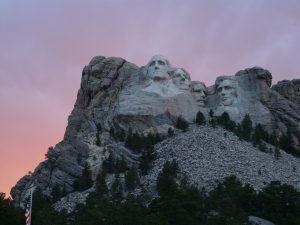
Mount Rushmore National Monument
The first must-do in Western South Dakota is a stop at the famous Mount Rushmore National Monument. Located near the town of Keystone, this majestic monument featuring the granite faces of United States Presidents George Washington, Thomas Jefferson, Theodore Roosevelt, and Abraham Lincoln will take your breath away. Carved into the side of Mount Rushmore by Gutzon Borglum and hundreds of workers was finished for all to enjoy in 1941. Check out and explore the Visitor Center for interesting exhibits and to learn about the rich history of the monument and how it came to be. You can also adventure away from the activity to hike the Presidential Trail for closer views.
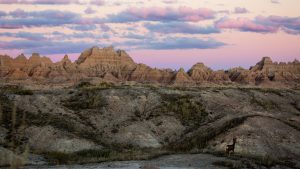
Badlands National Park
The Badlands National Park is 244,00 acres of natural layered rock formations and steep canyons formed by years of wind and erosion. It’s a beautiful and rough landscape where you could spend weeks hiking, climbing, camping or watching the bison graze and the prairie dogs play. Start your visit at the Ben Reifel Visitor Center to explore the exhibits and learn about the park’s ecology. Then check out the Fossil Exhibit Trail to see and learn all about the fossils uncovered in the area, including those of the saber-toothed cat and an ancestor of the Rhino.
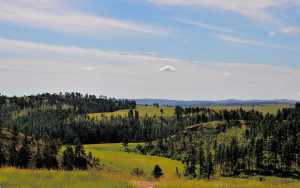
Custer State Park
This park is a beautiful 71,000 acres in the southern Black Hills with lakes, rock formations, forests, and rolling plains. Wildlife roams freely here and you often see them crossing the road in front of you as you drive through the park (but they are wild so don’t feed them and be sure to keep your distance.) Herds of wild donkeys, bison, and elk are most common but you might also catch a glimpse of a wolf or coyote. While you’re in the park, enjoy nature to its fullest with hiking, swimming, fishing or camping.
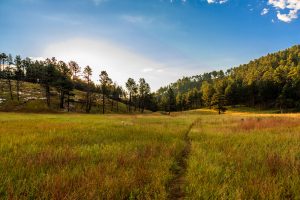
Wind Cave National Park
Found in the south part of Custer State Park and below a vast rolling prairie sits one of the longest caves in the world. To see the cave, you need to join one of their daily tours, offered in many lengths and options. While in the cave you’ll find unique formations made by water dripping through the limestone resulting in an unbelievable sight. You’ll see popcorn and frostwork formations but you’ll also find the most prominent display of boxwork formations in the world. Boxwork is a pattern of honeycomb looking calcite projecting from cave walls. Above the cave, explore the vast mixed grassland where you’ll find roaming animals such as bison, elk, pronghorn, and turkeys.
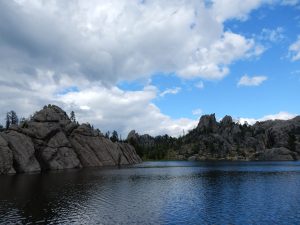
Sylvan Lake
Also found within Custer State Park, Sylvan Lake is known for its charming and peaceful mountain setting and makes an excellent location to capture the perfect picture. Bring a picnic or spend your day boating, kayaking, paddle boarding or swimming in the clear, fresh mountain water. Enjoy the lake from the shore with a short walk around it on the trail, or take on a more adventurous hike up the hills to check out the rock formations and mountain views. Many backpackers launch their trips from here to rock climb at the Needles or hike up Black Elk Peak.
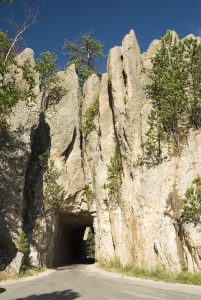
Needles Highway
Take this scenic drive through the Black Hills to catch glimpses of Mount Rushmore, the Needles rock formation and Black Elk peak. It’s 14 miles of beautiful windy road with tunnels (including a one-lane tunnel through the granite), rock formations and breathtaking views of the Cathedral Spires and the granite cliffs of the Black Elk Wilderness. You’ll want to stop along the way at the pull-outs to enjoy the sights and take pictures. One stop, in particular, you won’t want to miss is the stunning Roughlock Falls that spill into Spearfish Canyon.
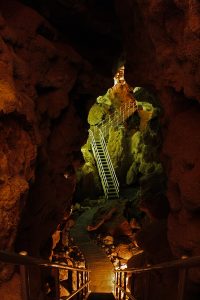
Jewel Cave National Monument
Beneath the landscape of the Black Hills is Jewel Cave, a fascinating and popular location for those visiting the area. This is a one-of-a-kind experience with the chance to discover fragile cave formations years in the making. In contrast with Wind Cave, the formations here look more like jewels featuring nailhead spar crystals and dogtooth spar jewel formations. The only way to explore the cave is with a tour, but be sure to make an advanced reservation as they fill fast, especially in the summer. Multiple tour options are available but some are more strenuous than others.
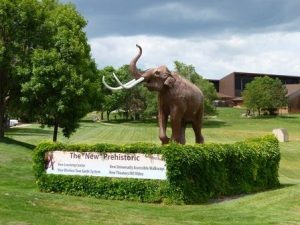
Mammoth Site and Museum
At this captivating national natural landmark located in Hot Springs, you’ll find the largest collection of Mammoth fossils in the world. During the Ice Age, Mammoths and other animals fell into a water hole and were unable to escape. Their remains have been unearthed in this large concentration of fossils that you can see with a guided tour or explore on your own. This active archeological dig site is covered and can be enjoyed year-round. Explore the exhibits in their museum to learn about how the site was discovered, what types of animals have been found here and the pre-historic history of the area.
A trip and exploration to see the natural wonders in western South Dakota is both relaxing and educational. With so many attractions to take in and relish, you’ll find traveling here worth your time.

